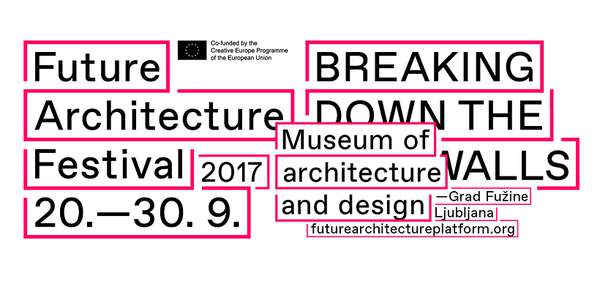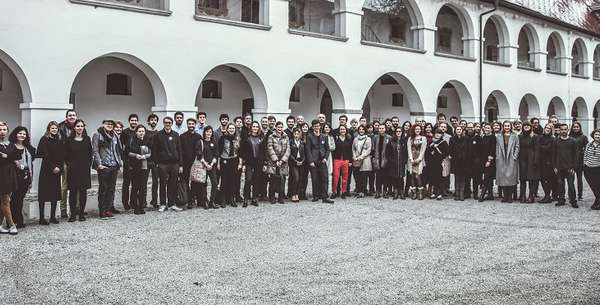Idea by
Zsófia Glatz and Bence Komlósi
dotlinearchitects
http://www.dotlinearchitects.com
Call for ideas 2016
Architecture for Refugees
Architecture for Refugees
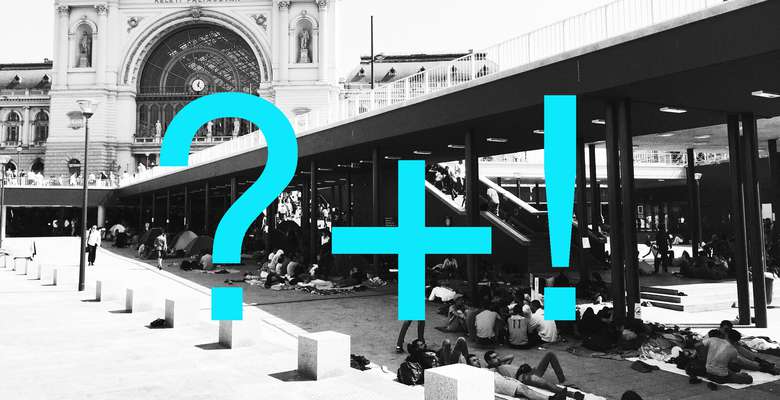
The “Architecture for Refugees” is an open source online platform which collects and shares questions, problems, ideas and solutions dealing with the architectural aspects of the current refugee crisis on the European and global scale. In our modern society information and the access to knowledge are key values. Creating an open source pool of information and knowledge could enhance the collaborative work between activists, refugees, professionals and politicians. As a result of the collaborative work, organised and fast answers could be given to the shelter- and infrastructural problems of the refugee crisis.
Currently, we use our Facebook “Architecture for Refugees” public page and public group to collect and share information. We are looking for short- and long-term solutions on local and global level. It is our aim to develop the accessibility of the platform: a user friendly, multilingual homepage which would serve as the optimal pool for sharing and collecting.
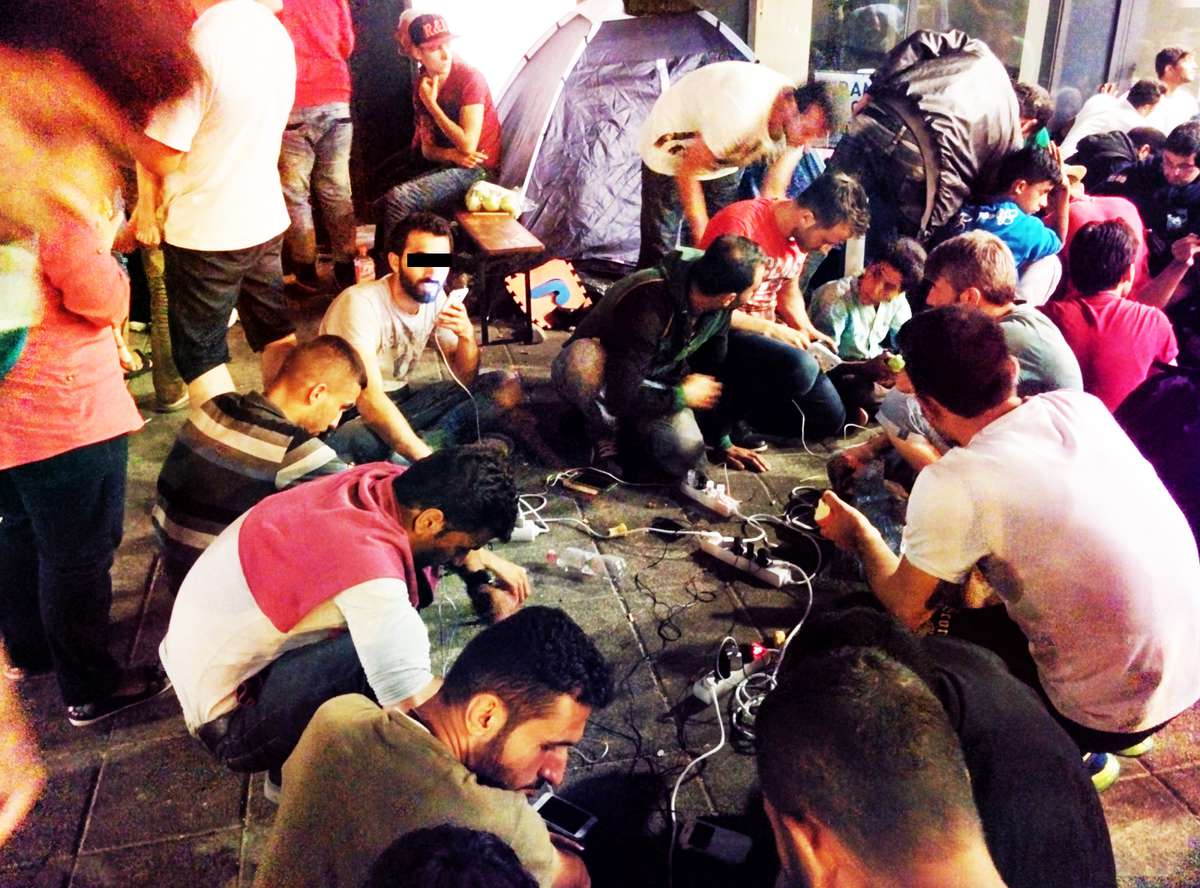
Besides food, water, clothes, blankets and tents, WIFI and ELECTRICITY are the two most important basic needs for refugees. Photo: Anton Kolesnikau
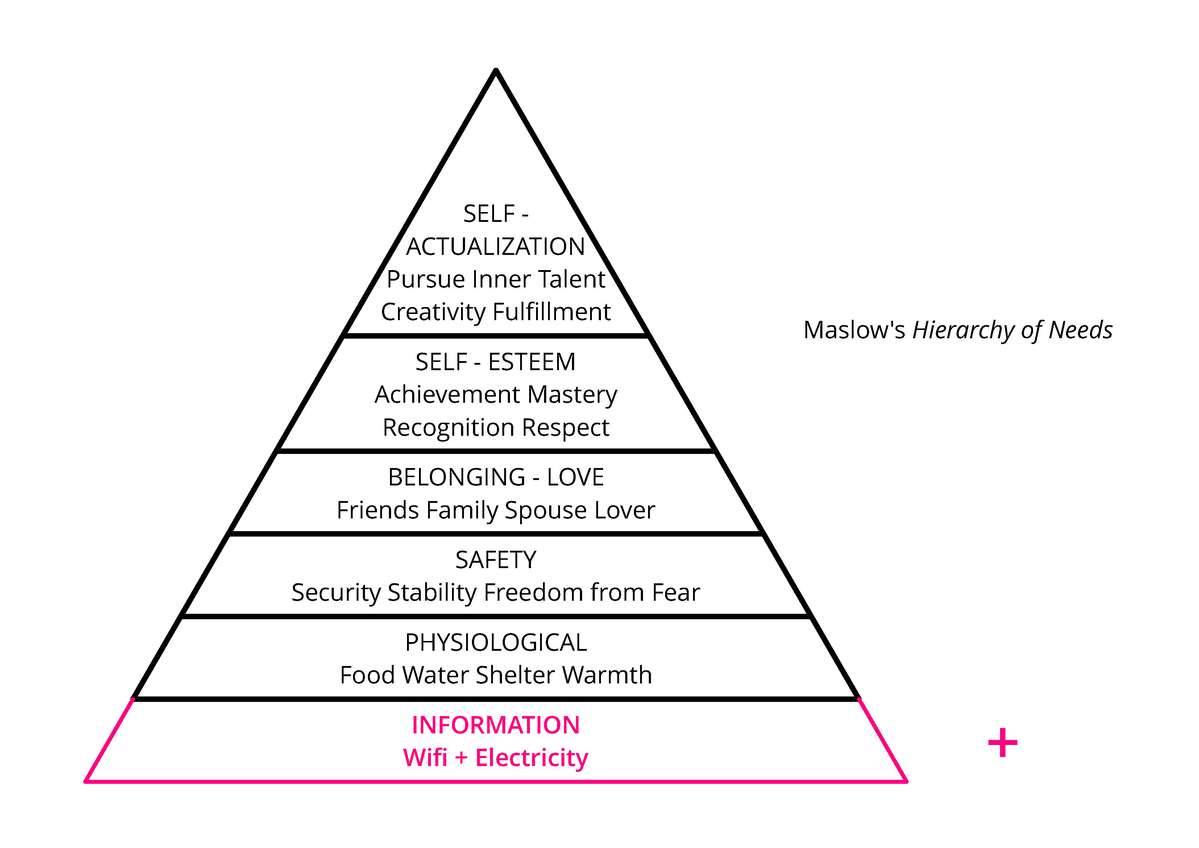
The completion of Maslow’s “Hierarchy of Needs” diagram was an important sign during the summer of 2015. It showed that WIFI and ELECTRICITY are more important than other needs.
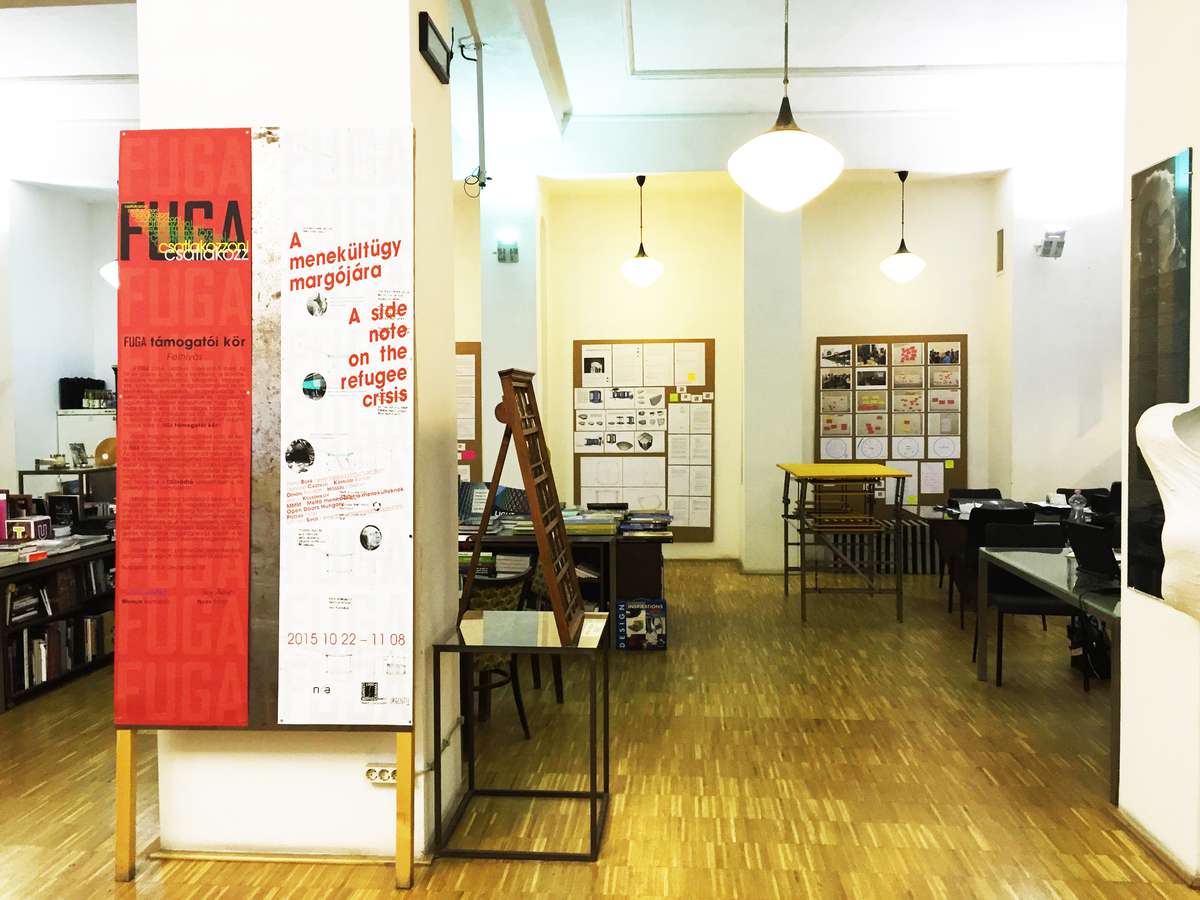
“A side note on the refugee crisis” offline exhibition at the FUGA architecture center in Budapest in September 2015. The lack of interest and visitors showed that new tools are needed to reach people.
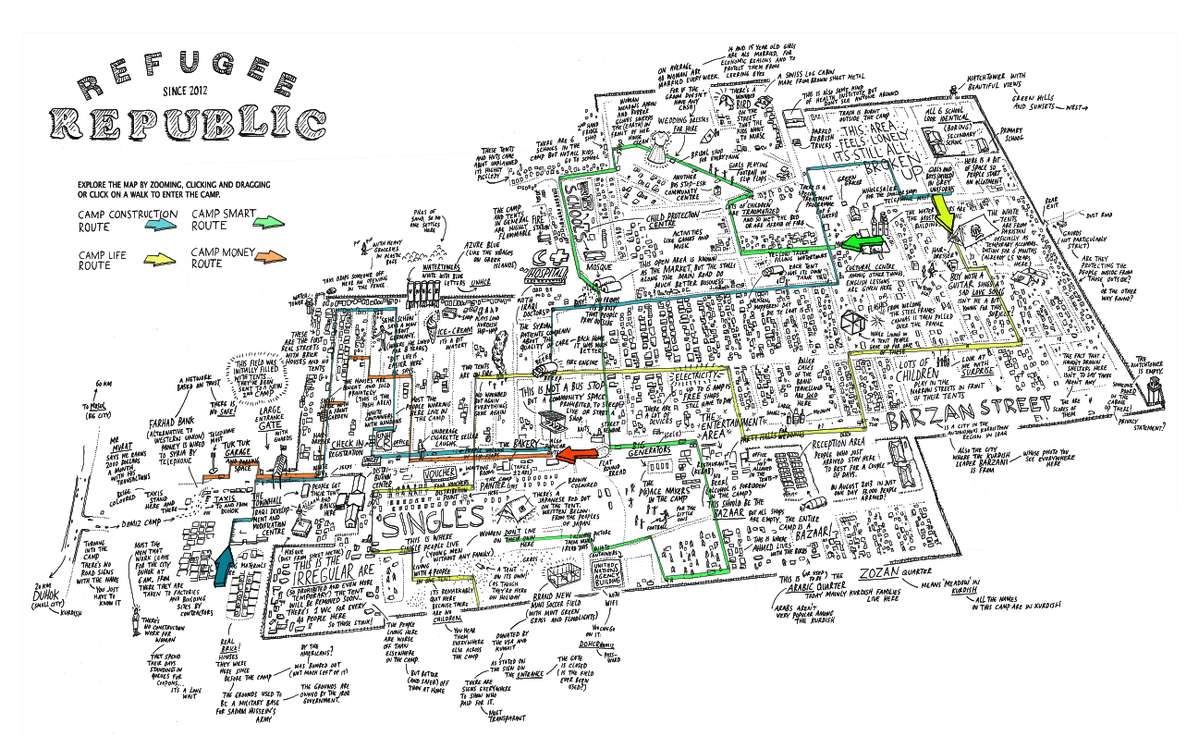
“Refugee Republic” - an important and useful online platform to show the daily life of a refugee camp. Source: http://refugeerepublic.submarinechannel.com accessed 18 December, 2015.
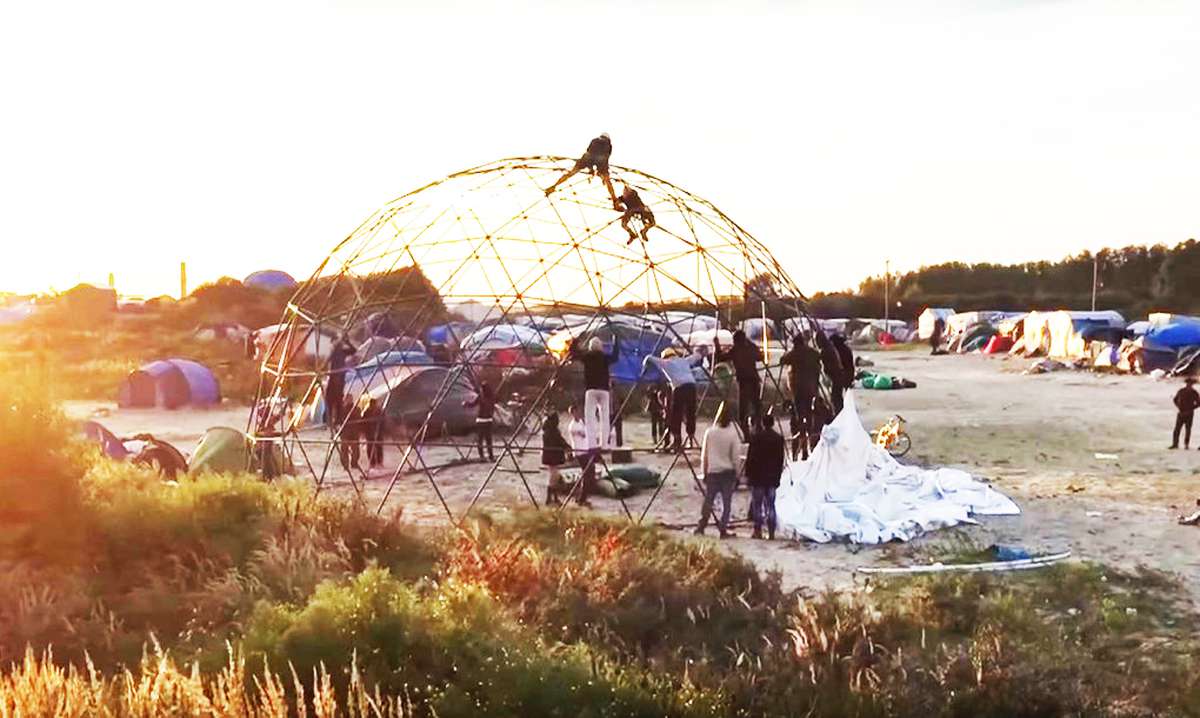
The “Good Chance Theatre” in the “Jungle” in Calais. Besides the private shelters public spaces are also very important architectural elements. Online donation has a key role in bottom-up developments. Source: http://inhabitat.com/wp-content/blogs.dir/1/files/2015/12/The-Good-Chance-Theatre-Calais-4-1020x610.jpg accessed 18 December, 2015.
Architecture for Refugees
Architecture for Refugees

The “Architecture for Refugees” is an open source online platform which collects and shares questions, problems, ideas and solutions dealing with the architectural aspects of the current refugee crisis on the European and global scale. In our modern society information and the access to knowledge are key values. Creating an open source pool of information and knowledge could enhance the collaborative work between activists, refugees, professionals and politicians. As a result of the collaborative work, organised and fast answers could be given to the shelter- and infrastructural problems of the refugee crisis.
Currently, we use our Facebook “Architecture for Refugees” public page and public group to collect and share information. We are looking for short- and long-term solutions on local and global level. It is our aim to develop the accessibility of the platform: a user friendly, multilingual homepage which would serve as the optimal pool for sharing and collecting.
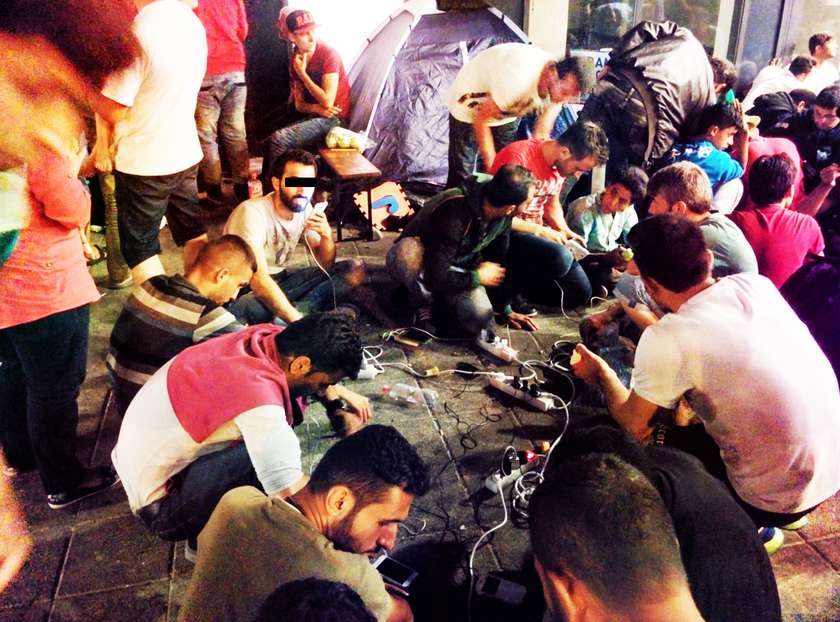
Besides food, water, clothes, blankets and tents, WIFI and ELECTRICITY are the two most important basic needs for refugees. Photo: Anton Kolesnikau
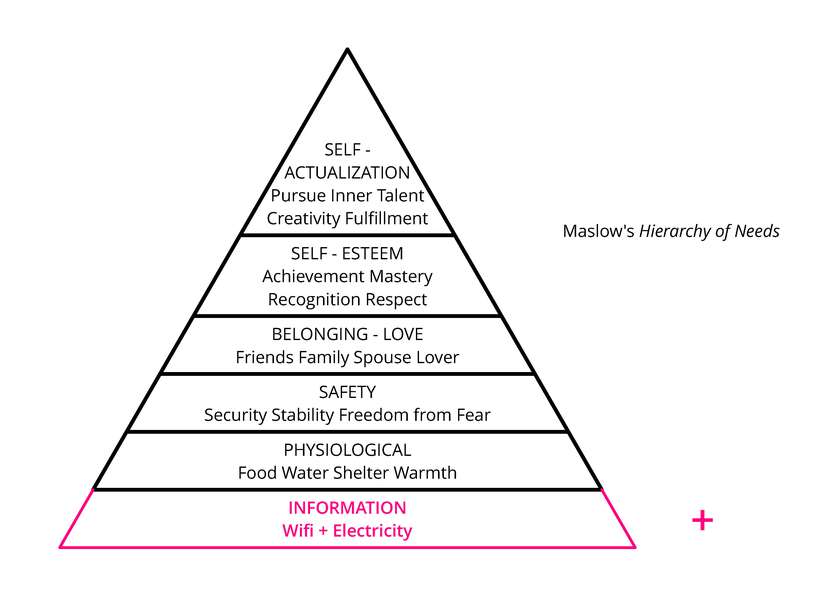
The completion of Maslow’s “Hierarchy of Needs” diagram was an important sign during the summer of 2015. It showed that WIFI and ELECTRICITY are more important than other needs.
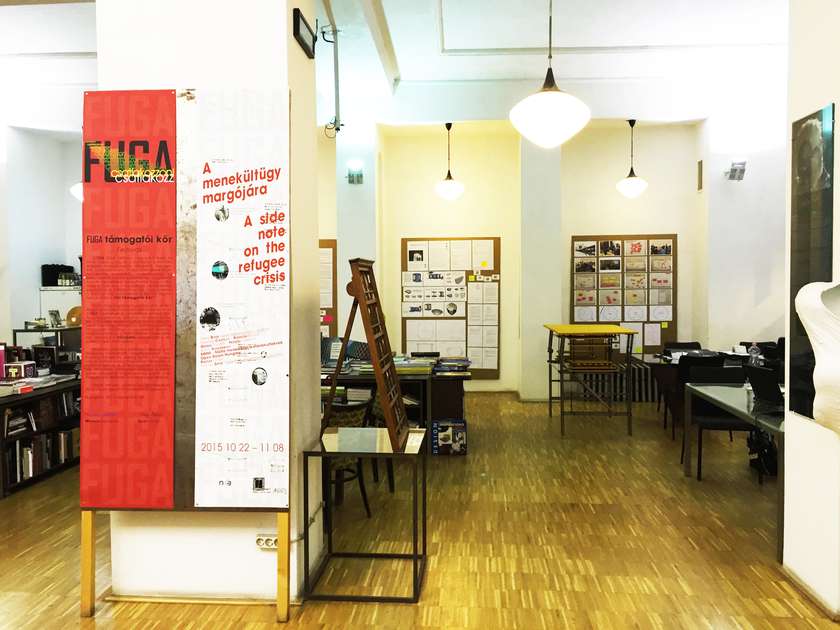
“A side note on the refugee crisis” offline exhibition at the FUGA architecture center in Budapest in September 2015. The lack of interest and visitors showed that new tools are needed to reach people.
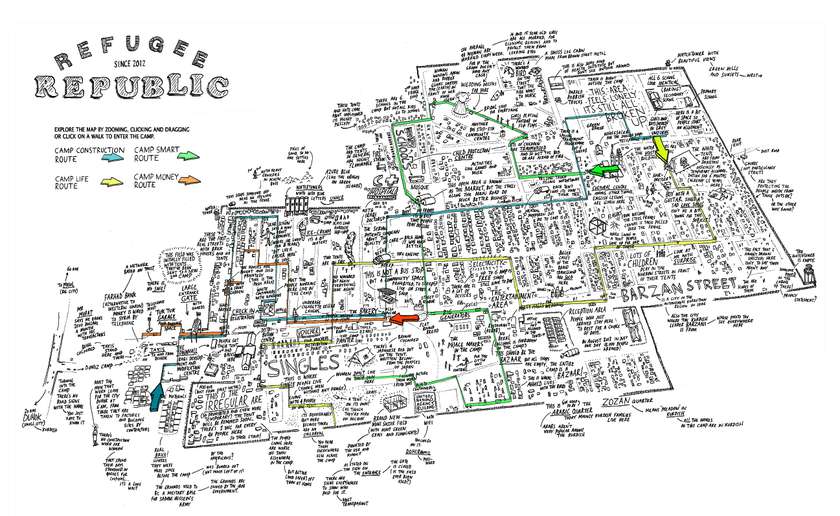
“Refugee Republic” - an important and useful online platform to show the daily life of a refugee camp. Source: http://refugeerepublic.submarinechannel.com accessed 18 December, 2015.
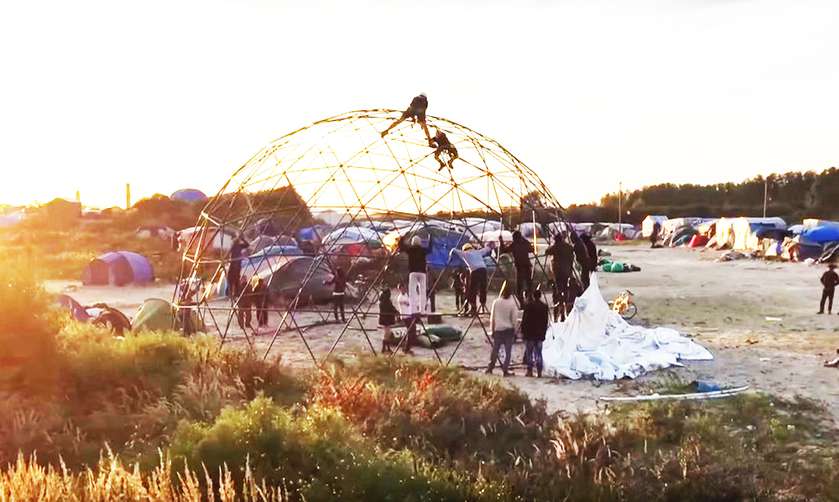
The “Good Chance Theatre” in the “Jungle” in Calais. Besides the private shelters public spaces are also very important architectural elements. Online donation has a key role in bottom-up developments. Source: http://inhabitat.com/wp-content/blogs.dir/1/files/2015/12/The-Good-Chance-Theatre-Calais-4-1020x610.jpg accessed 18 December, 2015.
